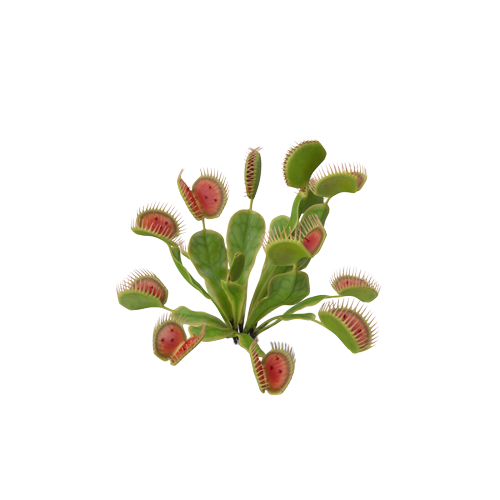Food For Plants
Key notes:
- Plants Need Food: Just like animals, plants also need food to grow and stay healthy. However, their food is quite different from ours.
- Photosynthesis: Plants make their own food through a process called photosynthesis. This process uses sunlight, water, and carbon dioxide to create glucose (sugar) and oxygen.
- Leaves Are Like Kitchen: Leaves are like the kitchen of a plant. They contain tiny green factories called chloroplasts, where photosynthesis takes place.

- Sunlight: Sunlight is a crucial ingredient for photosynthesis. It provides the energy needed to turn water and carbon dioxide into glucose.
- Water: Plants take in water from the soil through their roots. This water is essential for photosynthesis and also helps transport nutrients throughout the plant.

- Carbon Dioxide: Plants absorb carbon dioxide from the air through tiny pores called stomata on their leaves. They use this carbon dioxide to make their food.
- Glucose: The food that plants make (glucose) is used as an energy source to grow, reproduce, and repair themselves.
- Oxygen: As a byproduct of photosynthesis, plants release oxygen into the air, which is essential for animals, including humans, to breathe.

Photosynthesis
- Nutrients from Soil: In addition to water and carbon dioxide, plants also need nutrients from the soil, such as nitrogen, phosphorus, and potassium, to grow healthy and strong.

Key Content:
- Photosynthesis Process: Explain the photosynthesis process in simple terms – how plants use sunlight, water, and carbon dioxide to make food (glucose) and oxygen.
- Parts of a Plant: Teach students about the different parts of a plant – roots, stem, leaves, and how each part contributes to the plant’s growth and survival.

- Role of Sunlight: Discuss the importance of sunlight for photosynthesis and how leaves are adapted to capture sunlight effectively.
- Water Uptake: Explain how plants absorb water from the soil through their roots and how this water is transported to the leaves.
- Carbon Dioxide Absorption: Describe how plants take in carbon dioxide from the air through tiny openings (stomata) on their leaves.

- Glucose as Energy: Emphasize that glucose is like plant energy and is used for various plant functions, such as growing, producing flowers and fruits, and repairing damaged parts.
- Oxygen Release: Discuss how plants release oxygen into the air during photosynthesis and how it benefits all living creatures.
- Soil Nutrients: Introduce the concept of essential nutrients from the soil and their role in plant nutrition.
- Importance of Plants: Highlight the importance of plants in our ecosystem, as they provide food and oxygen for us and support various forms of life.
- Hands-on Activities: Engage students in simple experiments or activities, like growing plants in different conditions, to help them understand these concepts better.

Try yourself:
The gas released during photosynthesis in plants is:
- a.Carbon dioxide
- b.Oxygen
- c.Methane
- d.Hydrogen
Try yourself:
Which of the following are called food factories of the plant?
- a.Leaves
- b.Stem
- c.Roots
- d.Flowers
The pitcher plant:
The pitcher plant has modified leaves in the form of a tubular pitcher-like structure with a lid. The bottom of the pitcher has sweet nectar which attracts the insect. The insect slips down and gets digested by the plant.

Venus flytrap:
Venus flytrap also has modified leaves in the form of two small halves with stiff hair on each edge. As an insect comes near it, the two halves snap shut quickly. Then it secretes juices to digest the insect.

Sundew :
Leaves of Sundew are covered with numerous sensitive hair which glitter in the sun as dew drops, hence the plant has its name. The insect which comes in contact with these hair gets entangled, killed and the nutrients are absorbed into the leaves.




🧑🔬Scientist in Focus
Jan Ingenhousz (1730-1799),

Jan Ingenhousz
a Dutch physiologist, biologist and chemist is best known for the discovery of photosynthesis. In 1779, he discovered that in the presence of light, bubbles come out from green parts of the plants while in shade these bubbles stop. He identified this gas as oxygen. He also discovered that plants give off carbon dioxide in the dark.
Let’s Practice!

